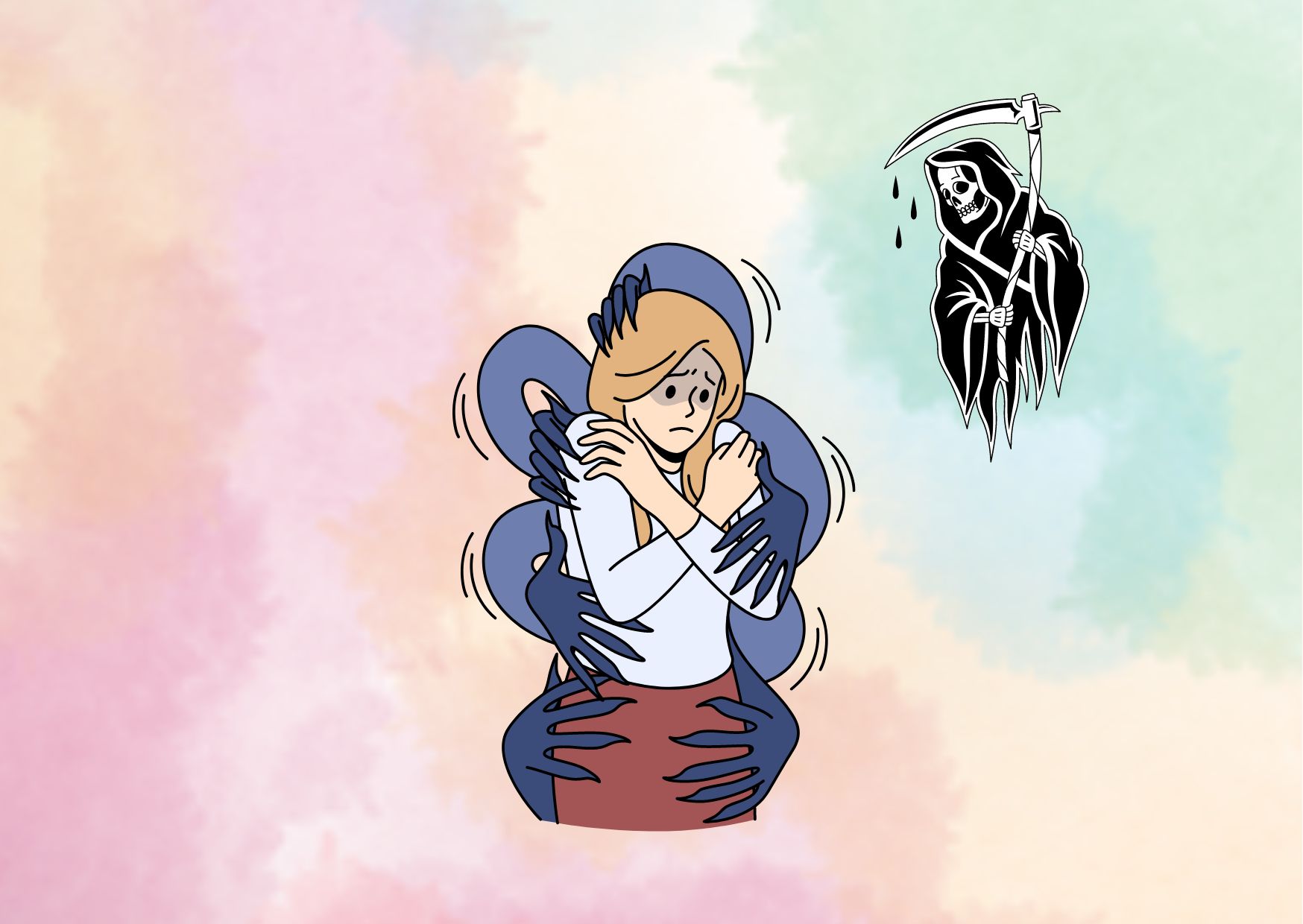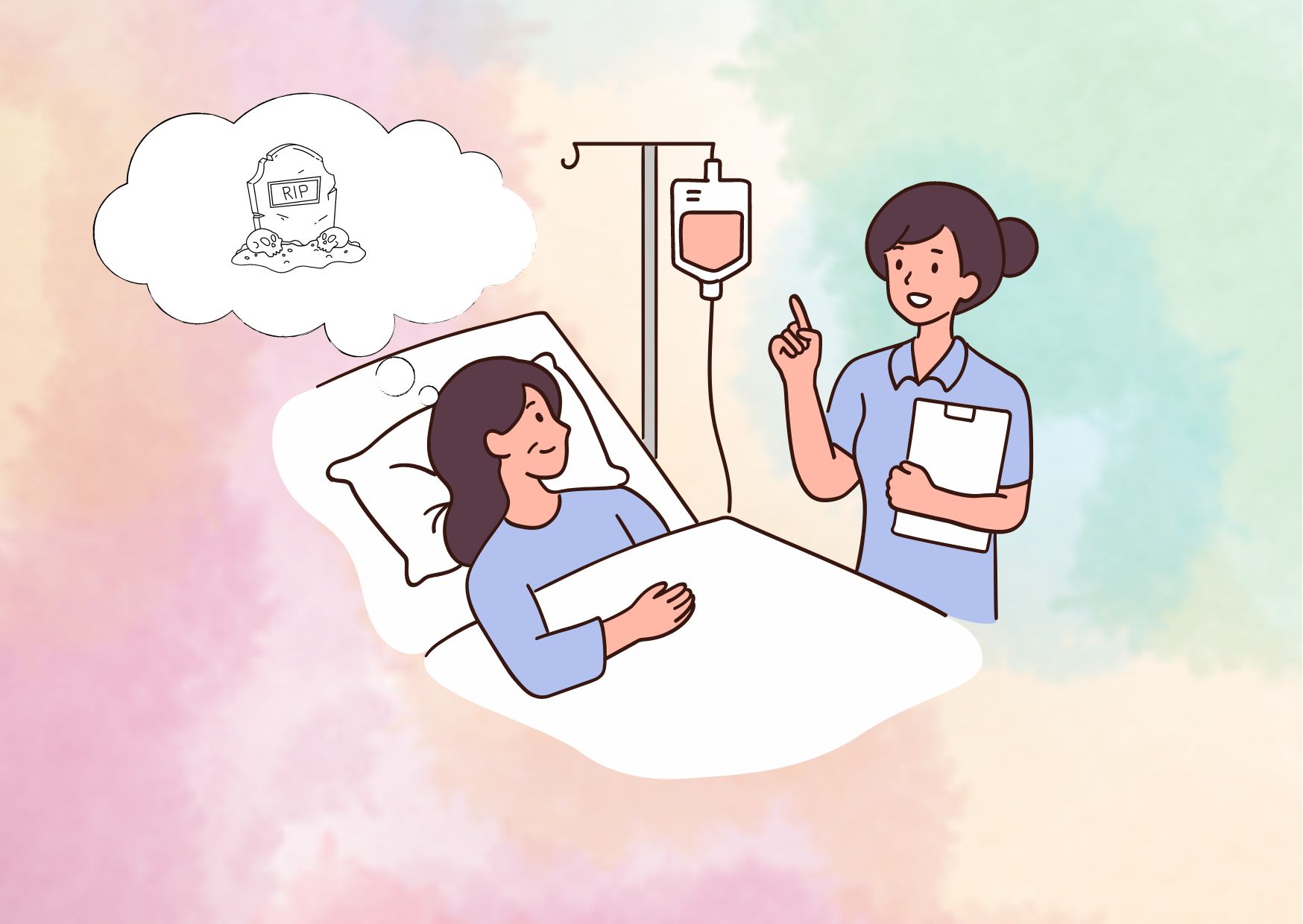8 Strategies to Overcome Thanatophobia: The Fear of Death
The fear of death, or thanatophobia, is a deep-rooted anxiety that affects people from all walks of life. For some, the mere thought of their inevitable demise can trigger overwhelming panic, avoidance behaviors, and a persistent sense of dread. This irrational fear of death can manifest in various forms, ranging from a general discomfort with the topic to a debilitating phobia that disrupts daily activities and overall well-being.
While a certain level of unease surrounding mortality is natural, for individuals grappling with thanatophobia, the fear of death can become all-consuming, leading to symptoms such as panic attacks, insomnia, and a reluctance to engage in activities or situations that remind them of their mortality. This guide delves into the complexities of this condition, exploring its causes, symptoms, and effective strategies for overcoming the fear of death and reclaiming a life free from its clutches.
Understanding Thanatophobia
Definition of Thanatophobia
Thanatophobia is an intense, irrational fear or anxiety caused by thoughts of death or the dying process. It is characterized by a persistent and excessive dread or apprehension when someone contemplates their own mortality or the cessation of life. Individuals with thanatophobia may experience extreme distress, panic attacks, and avoidance behaviors when confronted with situations or stimuli that remind them of death.
Difference Between Thanatophobia and Necrophobia
While thanatophobia is the fear of one’s own death or the process of dying, necrophobia is a distinct phobia that involves an intense fear of dead things or anything associated with death, such as corpses, graveyards, or funerals. Necrophobia is more focused on the fear of dead bodies or objects related to death, rather than the fear of one’s own mortality.
Prevalence of Thanatophobia
Research suggests that death anxiety, or the fear of death, is relatively common, although people tend to underreport their feelings due to societal taboos or personal discomfort. Studies indicate that between 3% and 10% of individuals report feeling more anxious than others about the thought of dying. However, the presence and intensity of death anxiety can vary across different age groups, with some studies suggesting that it peaks in middle age and may diminish in the elderly.
Symptoms and Signs
Thanatophobia, or the fear of death, can manifest itself in various ways, both physically and emotionally. The symptoms can range from mild discomfort to debilitating panic attacks, significantly impacting an individual’s daily life and well-being.
Physical Symptoms
Intense thoughts of death or the dying process can trigger a range of physical symptoms that resemble those of a panic attack. These may include:
- Chills
- Dizziness and lightheadedness
- Excessive sweating (hyperhidrosis)
- Heart palpitations
- Nausea
- Shortness of breath (dyspnea)
- Trembling or shaking
- Upset stomach or indigestion (dyspepsia)
Emotional Symptoms
The emotional toll of thanatophobia can be equally distressing. Individuals may experience:
- Anxiety
- Dread
- Distress
- More frequent panic attacks
- Increased anxiety
- Anger
- Sadness
- Agitation
- Guilt
- Persistent worry
Behavioral Manifestations
The fear of death can also manifest in various behavioral patterns, such as:
- Avoidance of places or situations that seem dangerous or remind them of mortality
- Obsession with health, constantly checking for signs of illness
- Spending excessive time looking for abnormal moles, checking blood pressure, or researching medical information
- Development of hypochondriasis, a disorder characterized by excessive worry about becoming ill
- Avoidance of friends and family for long periods of time
It is important to note that the intensity and frequency of these symptoms can vary from person to person, and they may not necessarily occur all at once. However, if left unaddressed, thanatophobia can significantly impair an individual’s quality of life and overall well-being.
Risk Factors and Causes
Age and Gender
The prevalence and intensity of thanatophobia, or the fear of death, can vary across different age groups and genders. Research suggests that death anxiety tends to peak in middle age, around an individual’s 20s and 50s, and may diminish in the elderly. However, the specific age-related patterns can differ between men and women.
Women generally display higher levels of anxiety and fear related to personal death compared to men. Studies have found that gender, fear of personal death, neuroticism, and extraversion are all predictors of anxiety, with women scoring higher on anxiety and fear of personal death.
Interestingly, for men, the fear of personal death has been found to mediate the relationship between neuroticism and anxiety. This suggests that men might experience higher anxiety when confronted with the fear of death, potentially due to the mediating effect of this fear on their neuroticism levels.
Life Events and Trauma
Traumatic life events and experiences can significantly contribute to the development of thanatophobia. Exposure to traumatic situations, such as war, natural disasters, or personal traumas, has been linked to heightened levels of death anxiety.
The link between death anxiety and posttraumatic stress disorder (PTSD) has been extensively studied. Individuals who have experienced traumatic events often exhibit increased death anxiety, which can exacerbate other symptoms of psychopathology, such as anxiety and depression.
Furthermore, studies have documented a high comorbidity between death anxiety and PTSD symptoms, including re-experiencing, avoidance, and hyperarousal. The disruption of psychological defense mechanisms against death anxiety, caused by trauma exposure, is believed to contribute to the emergence of PTSD symptoms.
Health Conditions
Individuals who are in poor health or have received a diagnosis of a serious illness are more susceptible to developing thanatophobia. The fear of death can intensify when faced with the reality of declining health or the prospect of a life-threatening condition.
Moreover, witnessing illness, trauma, or violence in one’s profession, such as healthcare providers or social workers, can also increase the risk of developing a fear of death. Frequent exposure to situations involving mortality can heighten anxiety and preoccupation with one’s own mortality.
Personality Traits
Certain personality traits have been associated with an increased risk of developing thanatophobia. Individuals with higher levels of neuroticism, a trait characterized by emotional instability and a tendency towards negative emotions, are more likely to experience anxiety and fear related to death.

